Just one year after Love Without Boundaries was organized as a charity in 2003, we organized our very first cleft trip to China. During this first trip, over 50 babies and children born with cleft lip and palate were healed by a team of American medical professionals who generously donated their time and expertise. This LWB model remains in place today, and it is why we continue to provide this critical surgery to impoverished children.
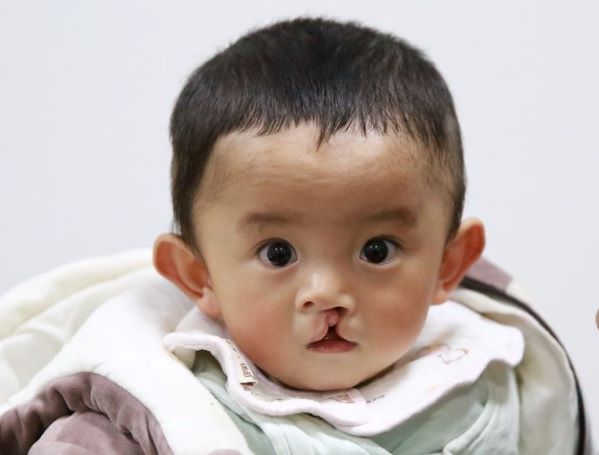
When someone sponsors a cleft surgery through LWB, they are paying for costs directly related to the surgeries, such as operating room expenses, supplies, and the nutritional support necessary to get waiting babies up to the necessary weight to qualify for surgery.
This week, we’re raising funds for 20 children from impoverished families in China to have life-changing cleft lip and palate surgeries through our Unite for Smiles campaign!
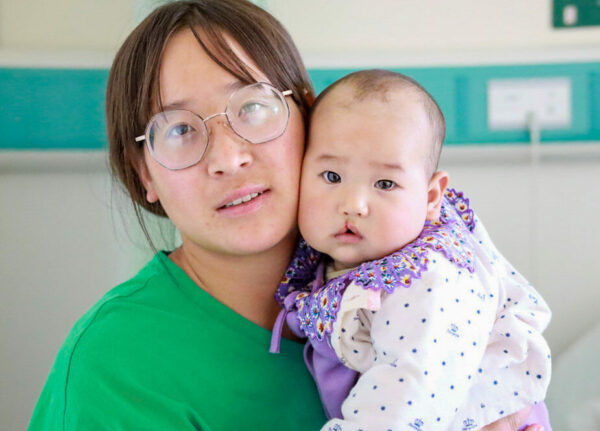
Many misconceptions exist about cleft lip and palate, and so we wanted to share some commonly-asked questions about cleft and why it’s so important that cleft-affected children receive surgical care.
What are Cleft Lip and Palate?
Cleft lip and cleft palate are also called orofacial clefts, and they occur when a baby’s lip or mouth does not properly form during pregnancy. A cleft lip is an opening in the lip. A cleft palate is an opening in the roof of the mouth. Both types of cleft occur during the first three months of pregnancy when the tissue of the lip and palate fail to fuse together. They are one of the most common birth defects.
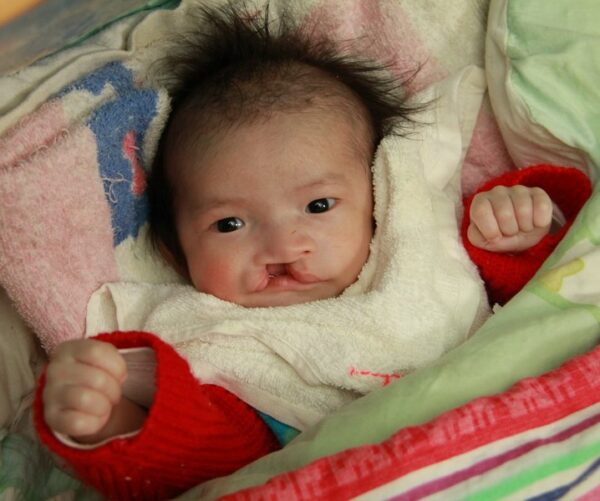
Not all babies born with cleft lip have cleft palate, and vice versa. Some children are born with both conditions.
Types of Cleft Lip
There are three main types of cleft lip:
- Microform cleft lip (or forme fruste)
- Unilateral cleft lip
- Bilateral cleft lip
Microform Cleft Lip
Microform is the mildest form, considered incomplete cleft lip, and may not be very apparent visually.
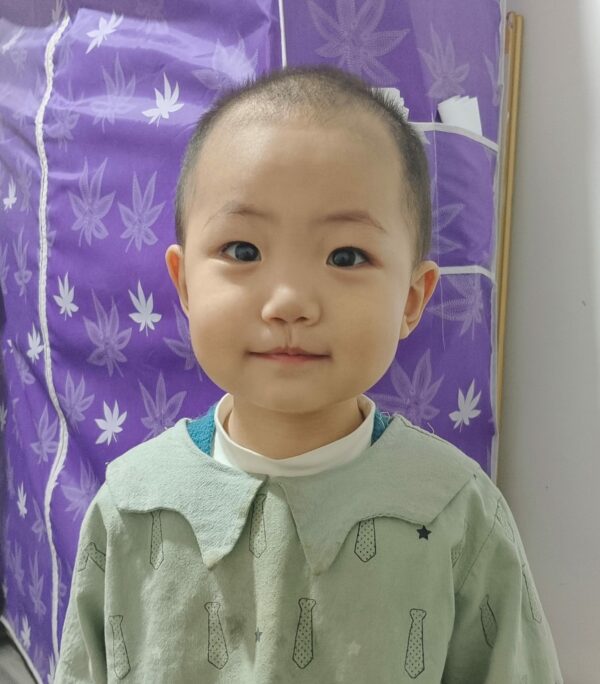
Even so, it can still result in significant functional difficulties.
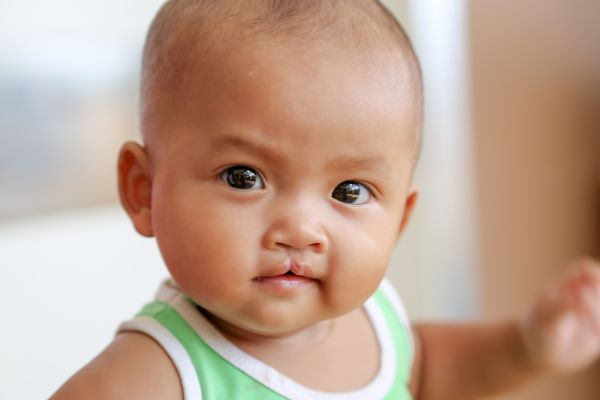
Unilateral Cleft Lip
Unilateral cleft extends on only one side of the upper lip.
In the case of complete unilateral cleft lip, the cleft extends all the way from the cleft to the nose. Incomplete cleft lip does not extend to the nose completely and the floor of the nostril remains intact. This is the most commonly diagnosed cleft lip, and the left side is more often affected.
Bilateral Cleft Lip
Bilateral cleft affects both the right and left side of the upper lip and, just as with unilateral cleft, it can be described as complete or incomplete.
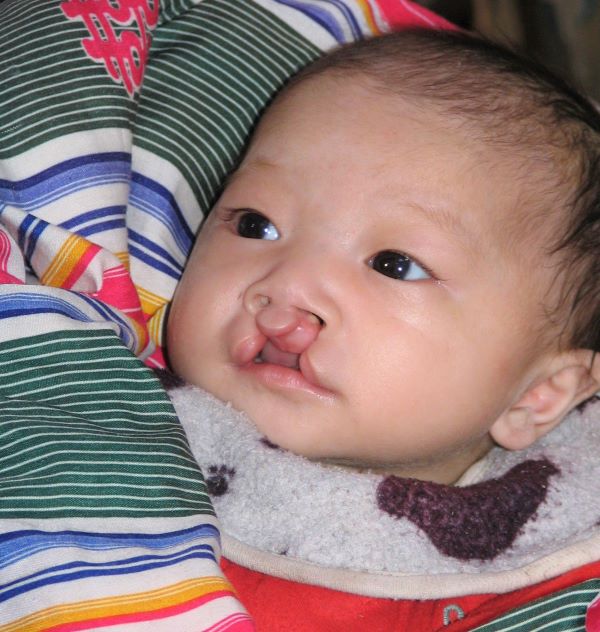
More Rare Forms of Cleft
More rare forms of cleft can be divided into three categories: clefts through the center of the face, oro-nasal-ocular clefts (involving the mouth, nose and eyes), and lateral clefts associated with Treacher Collins syndrome, hemifacial microsomia, and other syndromes characterized by differences of the lower jaw. (See Rare Craniofacial Clefts from Children’s Hospital of Philadelphia to learn more).
Transverse facial cleft (Tessier type 7) or congenital macrostomia is a rare congenital anomaly seldom occurring alone and is frequently associated with deformities of the structures developing from the first and second branchial arches. The reported incidence of No. 7 cleft varies from 1 in 60,000 to 1 in 300,000 live births.

According to most medical literature, transverse cleft accounts for less than 0.5% of all clefts. The affliction can vary from slight widening of the mouth to a cleft extending to the ear. But mostly these clefts are unilateral and do not extend beyond the anterior border of the masseter.
Facts About Cleft Palate
Cleft palate occurs when the roof of the mouth does not close completely during delta development. The result is an opening that can extend into the nasal cavity. It may occur in the front of the mouth (the hard palate) to the throat (soft palate). Often, a cleft palate will also include a cleft lip.
Cleft palate is not as apparent as cleft lip because it is inside the mouth. Some children may have a less noticeable form of cleft palate, called submucous cleft palate, in which the cleft is covered by the mucous membrane that lines the roof of the mouth.
Children may be born with only a cleft lip, only a cleft palate, or a cleft lip and palate. These differences may be isolated or related to a syndrome.

Ideally, infants will have their cleft lip repaired between three and six months of age and receive their first palate repair surgery between 9 and 18 months. However, sometimes children from impoverished families wait months or even years for the repair they desperately need.
Why Are Some Babies Born With Cleft Lip and Palate?
Although the exact cause of a child’s orofacial cleft may be unknown, genetics sometimes play a role. The genes passed down by one or both parents, or the association with a syndrome, may result in a child being born with cleft lip and palate.
Other potential causes of cleft lip and palate may be environmental in nature, and include things such as exposure to toxins or certain medications, or even malnutrition. A traumatic injury during prenatal development can potentially also result in a cleft. Sometimes no cause can be identified.
Why Is It Important for a Cleft-Affected Child to Receive Surgery?
There are many reasons why it is critical that a child born with a cleft has a repair surgery while they are young.
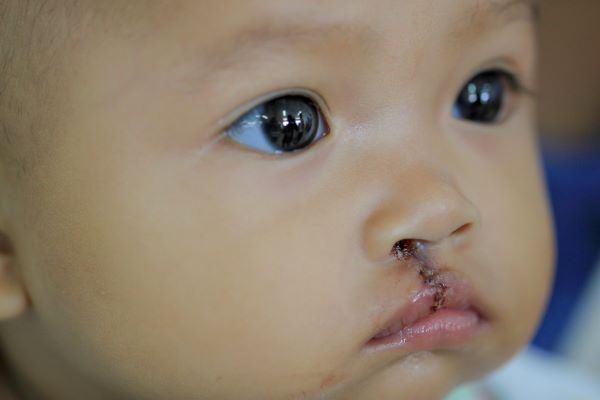
Feeding Difficulties
Due to the opening in the roof of their mouth, infants with cleft lip and palate often have difficulty swallowing, sucking, and breathing while feeding. Repairing the cleft can help improve their ability to eat, take in nutrients, and gain weight, all of which are crucial for their growth and development.
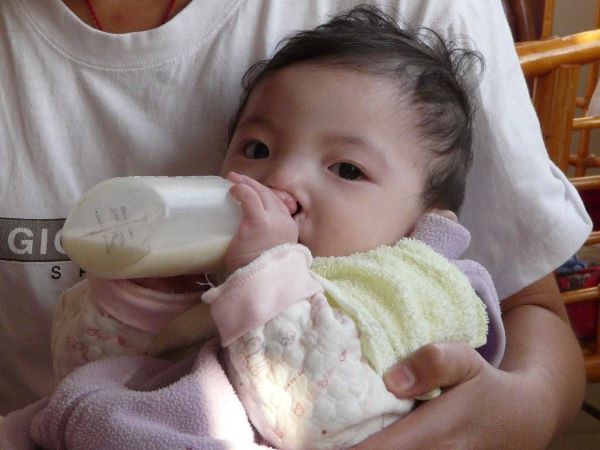
Speech Development
Cleft-affected children may have trouble forming sounds and words correctly due to the opening in their mouths, which can affect their ability to communicate effectively. Articulation, resonance, and voice quality can be affected.
Social and Emotional Well-Being
Children with cleft lip and palate may experience social and emotional challenges due to their appearance. Repairing the cleft can boost their self-esteem and confidence. In addition, it can also reduce the stigma and discrimination associated with cleft lip and palate.
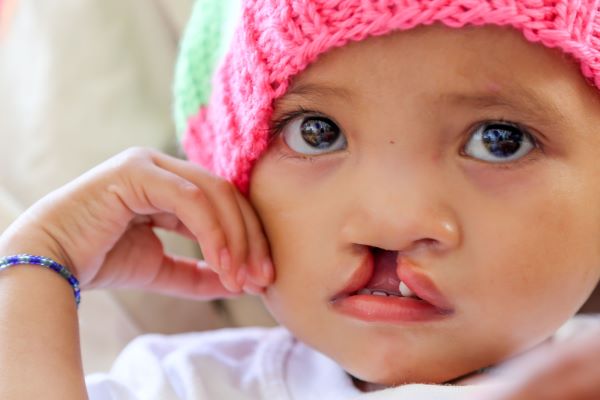
Dental Health
Due to the abnormal growth of the jaw and palate, cleft-affected children may have dental problems such as misaligned teeth or missing teeth. Dental problems can cause difficulties chewing, speaking, and smiling and can lead to tooth decay, gum disease, and other oral health problems. Repairing the cleft can help improve their dental health and prevent future dental problems.
Medical Complications
If left untreated, cleft lip and palate can lead to medical complications such as ear infections, hearing loss, and respiratory problems. The opening in the roof of the mouth can cause fluids to accumulate in the middle ear, which can lead to infections and hearing loss. This opening can also cause breathing problems, especially during sleep. Surgical repair of the cleft can help prevent these complications and reduce the need for medical interventions such as ear tubes, hearing aids, and breathing devices.
How Can I Help a Child Born with Cleft Lip or Palate?
You can help by sponsoring all or part of a cleft surgery for a waiting child. Most of these children are from families who are unable to afford the cost of cleft repair surgery on their own.
Through our partnership with Gansu Provincial Hospital, we can continue providing cleft lip and palate surgeries to children from families who cannot afford the full cost of their medical care. Each surgery costs $1,260, which is reasonable but still insurmountable to many impoverished rural families who struggle to make ends meet day in and day out.
Through our Unite for Smiles campaign, our ambitious goal is to raise $25,000 for our Unity Initiative, which will enable 20 waiting children to receive the cleft repair surgeries they desperately need.
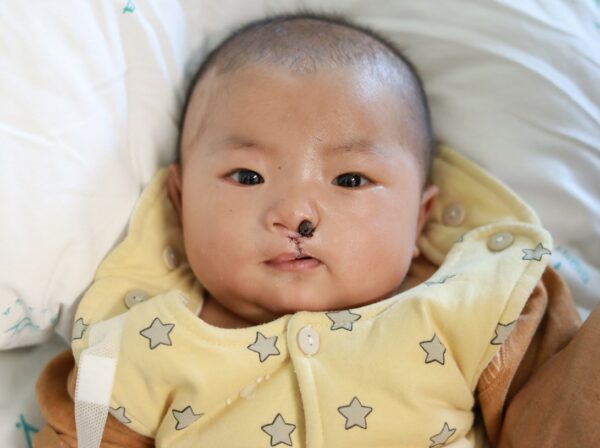
Thank you in advance for considering a cleft surgery sponsorship. Your gift today will make a profound and lasting difference in the life of a child in need.
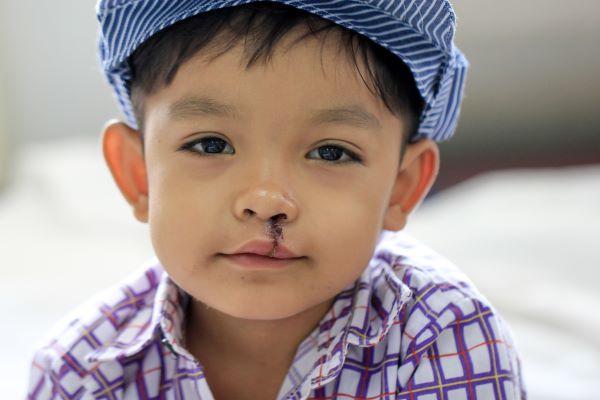
Search
Categories
- Adoption
- Cambodia Programs
- China Programs
- Education
- Foster & Family Care
- Guatemala Programs
- Medical Care
- Nutrition
- Special Projects
Tags
20 Years of Hope adoption Amrita Hospital Beijing Believe In Me Believe In Me School Cambodia cardiac surgery charity children's charity China China Healing Home cleft cleft lip cleft mission cleft palate cleft surgery College scholarship COVID domestic adoption Early Childhood Development Center Education Foster Care Guatemala healing home Heartbridge heart defect heart surgery Hope Foster Home India international adoption landfill Love Without Boundaries malnutrition Nutrition orphan orphanage poverty Rangsei sponsor a child Story of Hope Uganda Uganda Heart Institute Unity Initiative VSD
